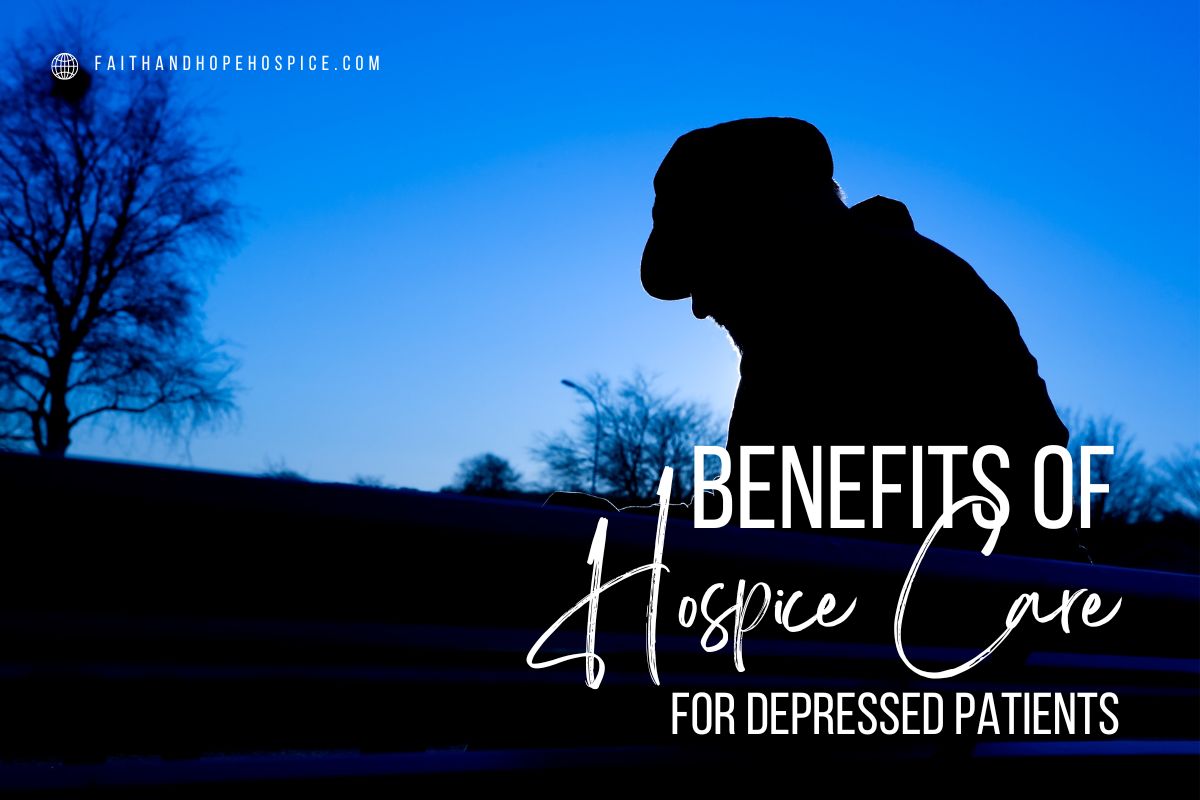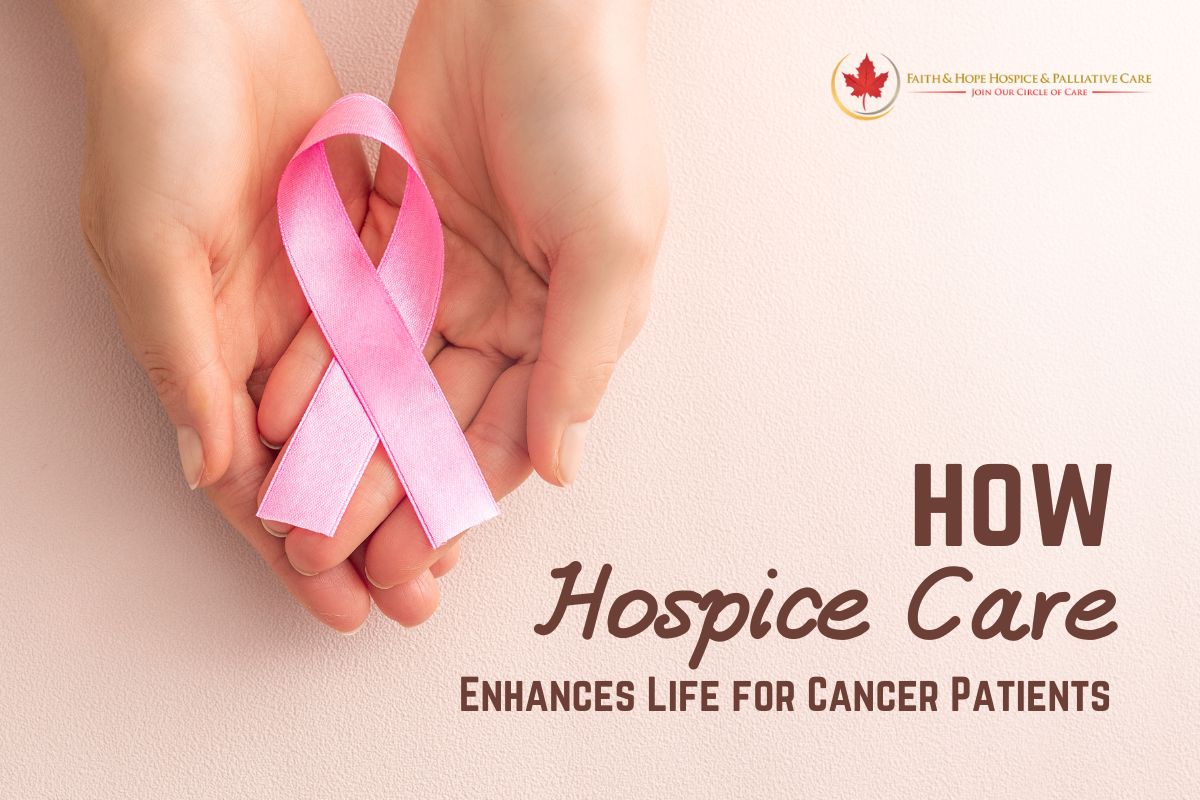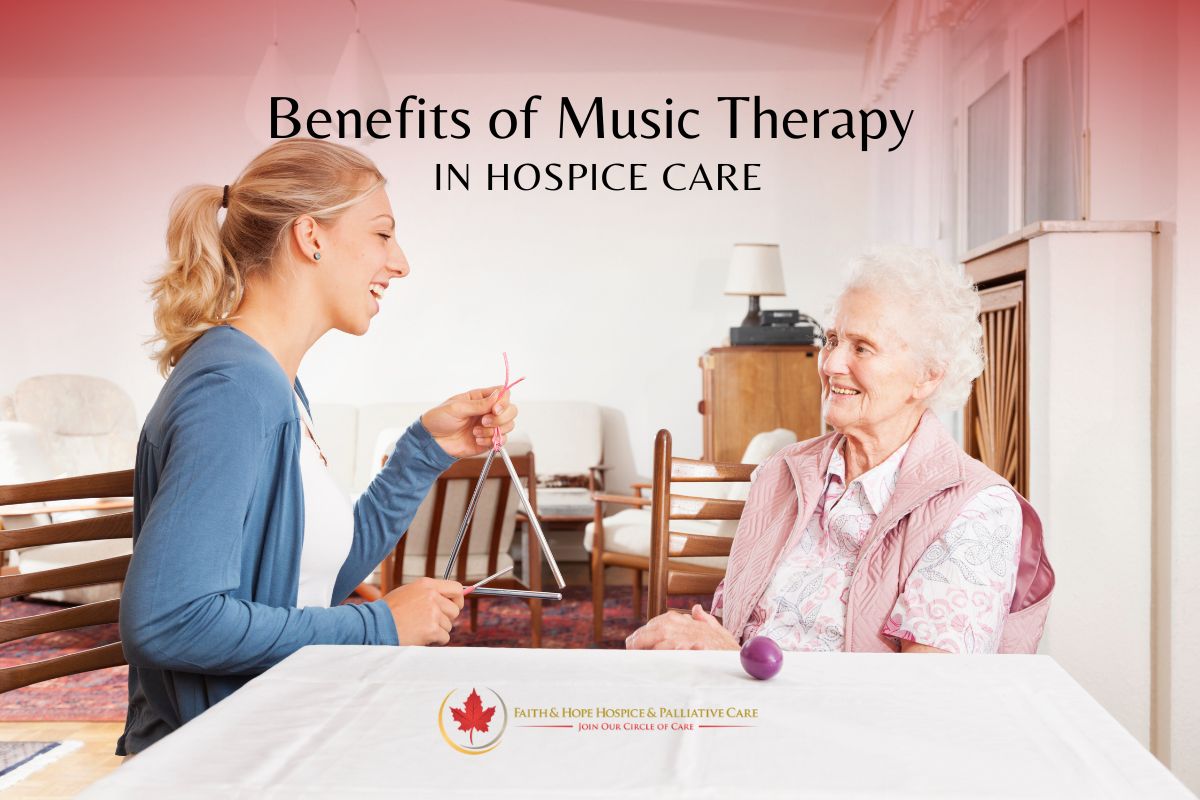- By: administrator
- Blog
- No Comments
Honoring Pasadena Hospice Patients on Memorial Day
Faith & Hope is a Pasadena hospice that offers a unique approach to end-of-life treatment, focusing on comfort and support for patients diagnosed with a life-threatening illness. Memorial Day is a time for remembering and honoring individuals who have fought for our country and sacrificed their lives for our freedom. That is why our staff
- By: administrator
- Blog
- No Comments
Celebrate Mother’s Day with Los Angeles Hospice Care
Are you questioning if it is possible to honor and uplift your mother in Los Angeles hospice care for Mother’s Day? Mothers play a significant role as a caregiver in life, and they deserve emotional support and recognition for their labor. Mother’s Day is a memorable holiday to show gratitude and love for mothers. For
- By: administrator
- Blog
- No Comments
Benefits of Pasadena Hospice Care for Depressed Patients
Faith & Hope is a Pasadena hospice agency specializing in healthcare for patients facing end-of-life. A team comprising physicians, nurses, social workers, spiritual coordinators, and volunteers collaborate to offer the most effective care for patients and their loved ones. This article will narrow in on the ways in which hospice care workers specifically tend to
- By: administrator
- Blog
- No Comments
Benefits of Los Angeles Hospice Care for the Widowed
Faith & Hope is a Los Angeles hospice care facility offering personalized service for people with terminal illnesses and their families. Losing a spouse can be extraordinarily difficult to process, and many widows experience a range of emotions from confusion and denial to immense pain and, ultimately, healing. It is understandably overwhelming to begin hospice
- By: administrator
- Blog
- No Comments
How Hospice Care Enhances Life for Cancer Patients
Faith & Hope is a hospice in Pasadena that provides a specialized form of care that offers comfort and support for patients diagnosed with a life-limiting illness. The care primarily focuses on enhancing the quality of life for patients and their loved ones during the end-of-life journey, which can be an emotionally taxing time. Hospice
- By: administrator
- Blog
- No Comments
The Role of Grief Support in Hospice Care
Faith & Hope is a hospice in Pasadena that offers a specialized form of care concerned with offering comfort and support to patients reaching the end of their life. One crucial part of hospice care is grief support, which aids patients and their loved ones in dealing with the emotional and psychological issues of the
- By: administrator
- Blog
- No Comments
Benefits of Music Therapy in Hospice Care
Music therapy is a powerful tool used in Los Angeles hospice care, and it provides several physical, emotional, and psychological benefits to patients and their families. A trained music therapist who works with patients, their families, and caregivers leads music therapy sessions. During a session, a therapist might use a range of music-based interventions such
- By: administrator
- Blog
- No Comments
Benefits of Hospice Care for Veterans
Veterans have dedicated a significant portion of their lives to protecting their country, and they often carry with them the physical and emotional scars of their service. While many people think hospice care is for cancer patients, it can actually be offered to anyone with a terminal illness, including veterans who are dealing with chronic
- By: administrator
- Blog
- No Comments
Pain Management During End of Life
A significant or life-threatening illness or medical condition is managed with Los Angeles hospice care by reducing pain and other related physical, emotional, or psychosocial symptoms. Other unpleasant symptoms like anxiety, exhaustion, restlessness, and shortness of breath are also reduced with palliative care interventions. Hospice care offers advanced care planning to support patients in leading
- By: administrator
- Blog
- No Comments
Coping with Grief in the New Year
Dealing with loss and the accompanying emotions can be challenging at the beginning of a new year. It may be painful to even consider it as facing a new year without your loved one can seem daunting. The start of a new year can bring up many feelings, regardless of whether you lost a loved










